Animal & Plant Adaptation
What is adaptation?
Adaptation is the evolutionary process whereby a population becomes better suited to its habitat.
It is very important for an organism's survival. Natural selection plays an important role in the adaptation process. According to the change of abiotic factors like climate, weather, rain, organisms adapt themselves and can survive. This survival helps them to reproduce and increase their populations. Those who cannot adapt may fail to survive and slowly their population start decreasing one in a particular level it start becoming extinct.
These adaptations of organisms can be physiological or anatomical or behavioral.
Let’s now discuss each in detail:
Physiological adaptations
Have you ever noted the raised hairs on your body like hands or legs during the rainy season or winter season? Or when you had a picnic in colder places? Why does it happen? Because when the mercury dips low the temperatures drop and involuntarily hair follicles raise by the actions of tiny muscles present at the base of each hair.
In the same way, if you are in a colder region without sweaters or scarf, what will happen? You automatically start shivering. Why? How does it happen? Heat created by this shivering between the muscle cells protects the tissues from freezing.
Anatomical Responses
Animal Life
Organisms normally face the environmental changes by changing their anatomy. They grow heavy coats like fur or hair to protect them from cold. Tortoises have created a thick coat like a rock to escape from enemies. Porcupines have a strong needle-like skin which helps for protection. Chameleons change of color is also coming from these adaptive, anatomical changes.
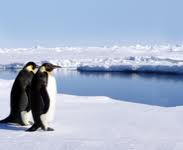
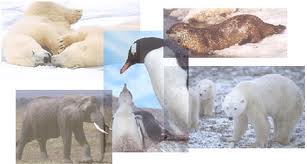

Animal Adaptations
Plant Life
Plants may create fine sharp needles rather than broad leaves to escape from loss of water in dry climates. In desert areas the availability of water is very less and sometimes almost nil. So plants need to save the water they intake. For this they may also shed leaves. The fine thorn-like leaves protect them from loss water through transpiration and from enemies as well.
Growing towards light, changing energy allocations between seed production and starch storage in the roots, growing deeper roots in cases of drought are the other adaptations of the plants.

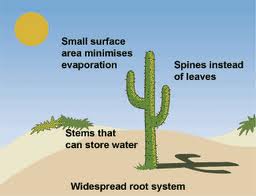
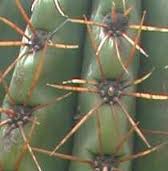
Plant adaptation in deserts
Behavioral Responses
o Animal can migrate to more favorable conditions, in contrast to plants, in response to the environmental changes. They move on daily basis for food, water, light and get back to their own places. They may move seasonally like some birds' migration and fish’s migration. We can define the fish migration as the regular journey of fish and bird migration as the regular seasonal journey undertaken by many species of birds.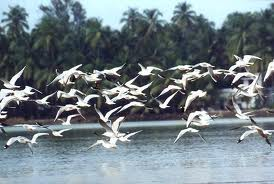
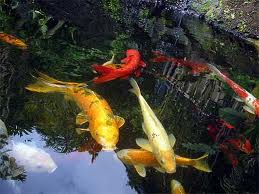
Migration of Birds & Fish
The migration is based on change of climates and sometimes for reproduction purpose to animals move. It can be daily movements from shade to sunlight.
Want to know more about the adaptation? Click here to schedule live online session with e Tutor!
About eAge Tutoring:
eAgeTutor.com is the premium online tutoring provider. Using materials developed by highly qualified educators and leading content developers, a team of top-notch software experts, and a group of passionate educators, eAgeTutor works to ensure the success and satisfaction of all of its students.
Contact us today to learn more about our tutoring programs and discuss how we can help make the dreams of the student in your life come true!
Reference Links:
- http://en.wikipedia.org/wiki/Adaptation
- http://www.ecokids.ca/pub/eco_info/topics/climate/adaptations/index.cfm
- http://www.mbgnet.net/bioplants/adapt.html